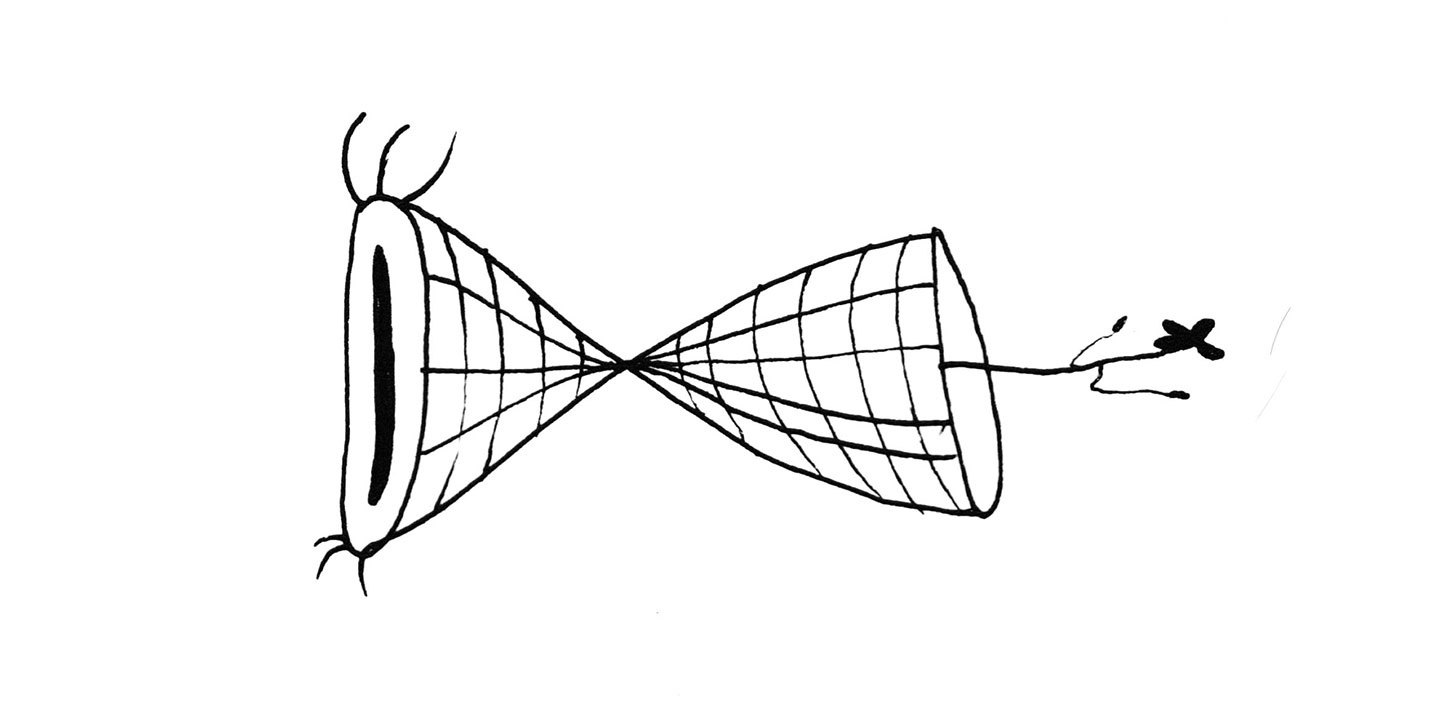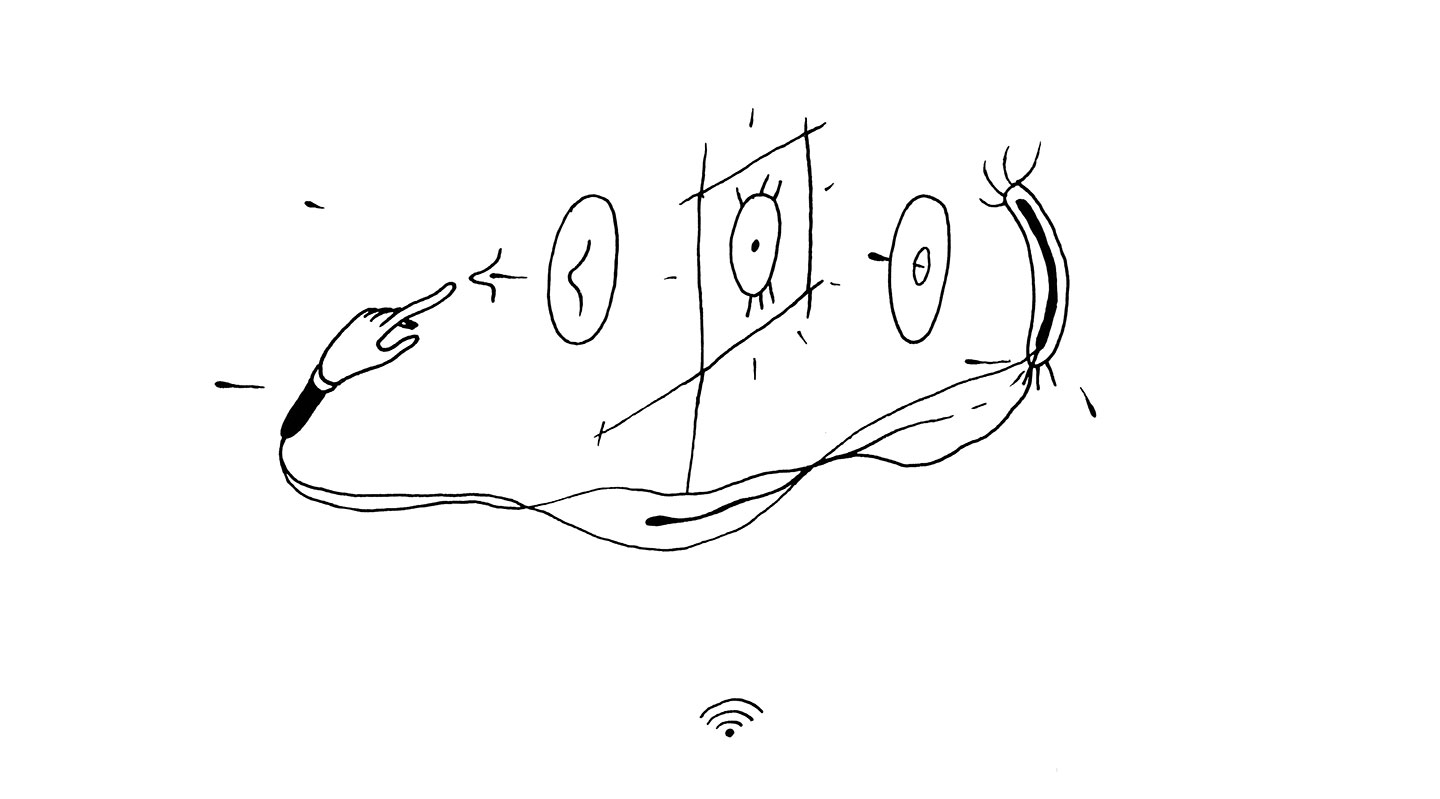Along with being an index of democracy, art is also a lucrative niche for the global entertainment business. Art has thus become a form of consumable merchandise, destined to be used up. In this situation (diagnosed by Arendt and others in the 1960s), artists have either embraced this quality of art as merchandise (Jeff Koons, Damien Hirst), or rejected it in the name of politicization and criticality (Hans Haacke, Andrea Fraser, Hito Steyerl). With globalization, critical artists have been summoned to become useful by surrendering art’s (always partial) autonomy and taking up the task of restoring what has been broken by the system. So they denounce globalization’s collateral damage and contemporary art’s woeful conditions of production. They imagine a more just future, produce political imaginaries, disseminate counter-information, restore social links, gather and archive documents and traces for the “duty of memory,” etc. Perhaps, then, the prior role of the artist as a cultural vanguard has given way to a mandate to cultivate a feeling of political responsibility in spectators, in the name of self-representation and the representation of Enlightenment values.
Marbles


The rapid acceleration of our digital transactions during the global pandemic, next to our urged reluctance to navigate physical surfaces, drastically invested the material world with more narratives of degeneration and ruination. As technology employs crisis discourse to establish practices of standardization regarding our understanding of objects, how can the “user” resist the virtual homogeneity performed by alleged accessible online archives? Equally alluding to relics of antiquity, the playfulness of a childrens’ toy, and systems gone derailed, “marbles” is an applicable term for objects and texts that manifest or contain ontological oppositions (tangible/intangible, mutable/immutable, digital/analog, multiplicity/singularity, representation/inscription, original/fake), highlighting the complexity of our present encounters.
For fake news to exist, there must be a “real news.” A lot of news, or what counts as news in Taiwan, for instance, is a weak kind of fake news, because Taiwanese news stories are frequently too trivial even to be considered news (e.g., a new restaurant forgot to include free napkins). In these trivial cases, truth or falsity does not even matter. But the “fake” in fake news has a metaphysical component. What type of metaphysics is a criterion for distinguishing fake from real news? For most people, only another story or collection of stories can prove that a particular story is factually wrong (unless one actually witnessed the news-making event). There is no way for a regular reader to go above and beyond any particular news story to adjudicate its truth value from God’s point of view, so she can only arbitrate between competing stories filtered through her own prejudices and biases. Furthermore, something is usually off about any news story—a detail, a nuance, the choice of words, implicit and explicit prejudices.
Let us begin before the beginning—before the arrival of the “archon,” that is, the guardian of documents, the gatekeeper, the patriarch and the matriarch. When the undutiful daughter occupied the front room of the family home. The undutiful daughter, full of vibrant ideas not yet articulated fully, wants to provide shelter for Melly Shum, the undutiful daughter’s friend and loving aunt, who publicly declared in 1990 that she hates her job. It’s been everywhere. In the newspapers. Reporters in front of the house. On television in Teen Species. LinkedIn. Facebook. Flickr. Instagram. It’s gone viral. “Melly Shum hates her job.” On a billboard. For decades. Melly Shum. A woman of East Asian descent. Large white glasses. In her thirties. Working in an office. On her own. In Rotterdam. Pictured at work by Ken Lum. Another worker. In the picture Melly, it seems, is performing abstract labor, operating a machine to her right, maybe doing some calculations. Since 1990! Goodness. If only Melly’s abstract labor was recognized, even in retrospect—like the women trained in mathematics for the US Army’s ENIAC Project who, in the 1940s, were initially called “computers”—then she might speak again. She could speak of and against “the law of what can be said.”






